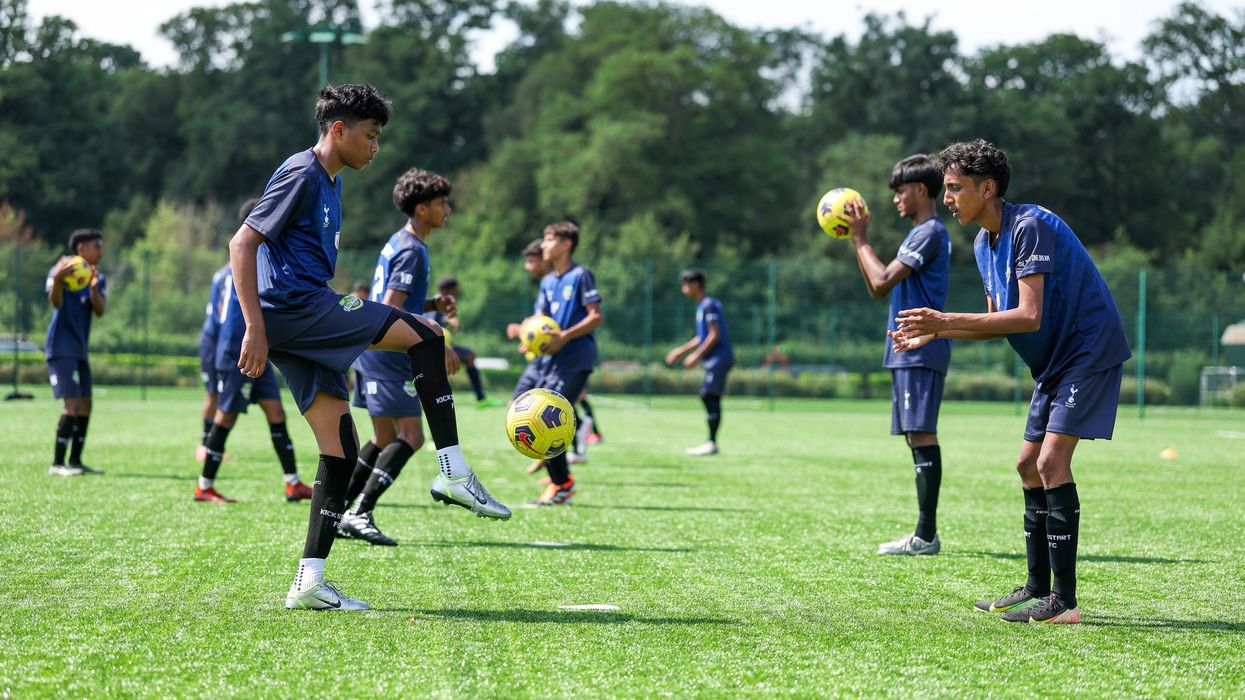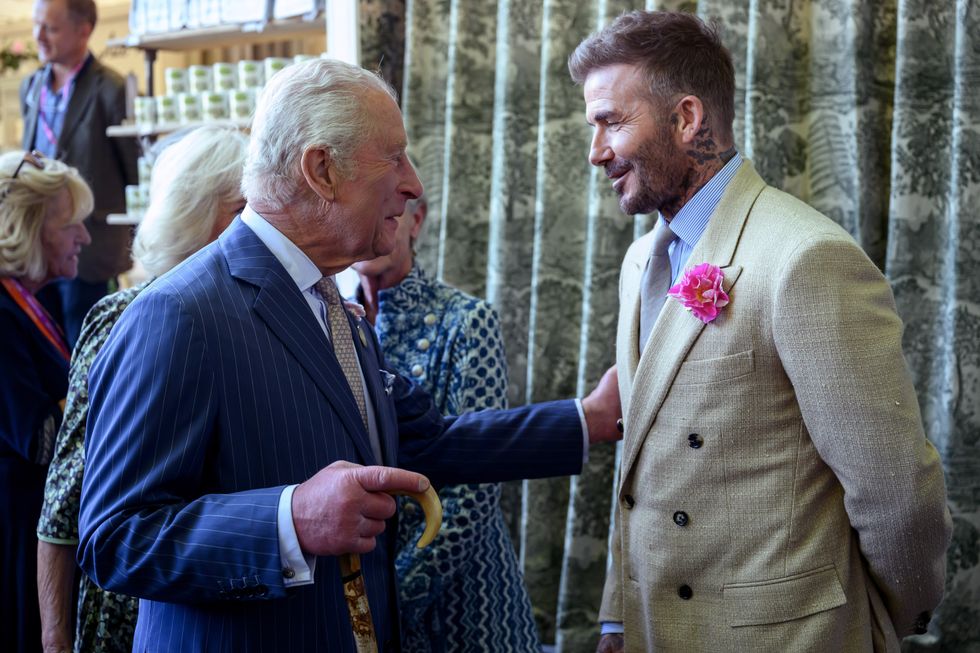NEXT month, the race for the Labour leader and deputy leader will come to a close.
Following Jeremy Corbyn’s resignation in December, Indian-origin MP Lisa Nandy announced she would be standing as a candidate to succeed him. Meanwhile, fellow ethnic minority MPs Rosena Allin-Khan and Dawn Butler are both running to be deputy leader of the party.
In the Tory administration, Asians have led the great offices of state, with Priti Patel as home secretary and Rishi Sunak succeeding Sajid Javid as chancellor. Suella Braverman is now the attorney general, and Alok Sharma leads the department for international development.
Such diversity at senior levels of government is unprecedented in modern times in the UK. It goes without saying that politicians should be drawn from all backgrounds in order to truly represent an increasingly diverse Great Britain.
A more ethnically representative parliament is a start – but it is vital that we also see diversity in senior positions in the police, military and judiciary, among other public organisations. All parties should commit to increasing parliamentary diversity, and encourage BAME MPs to seek out leadership roles in politics.
For young people, having role models in parliament who look like them and come from a similar background can be life-changing. As politicians work to unite the different communities across the country, we need a range of leaders with insights from different groups in the UK.
This government is about building a country fit for the future. To achieve that, we must ensure representation from all ethnic groups, so that they feel their voices count.





 Heehs describes two principal approaches to biographyAMG
Heehs describes two principal approaches to biographyAMG











 David Beckham wearing a David Austin Roses "King's Rose" speaks with King Charles III during a visit to the RHS Chelsea Flower Show at Royal Hospital Chelsea on May 20, 2025Getty Images
David Beckham wearing a David Austin Roses "King's Rose" speaks with King Charles III during a visit to the RHS Chelsea Flower Show at Royal Hospital Chelsea on May 20, 2025Getty Images
Diversity in British politics